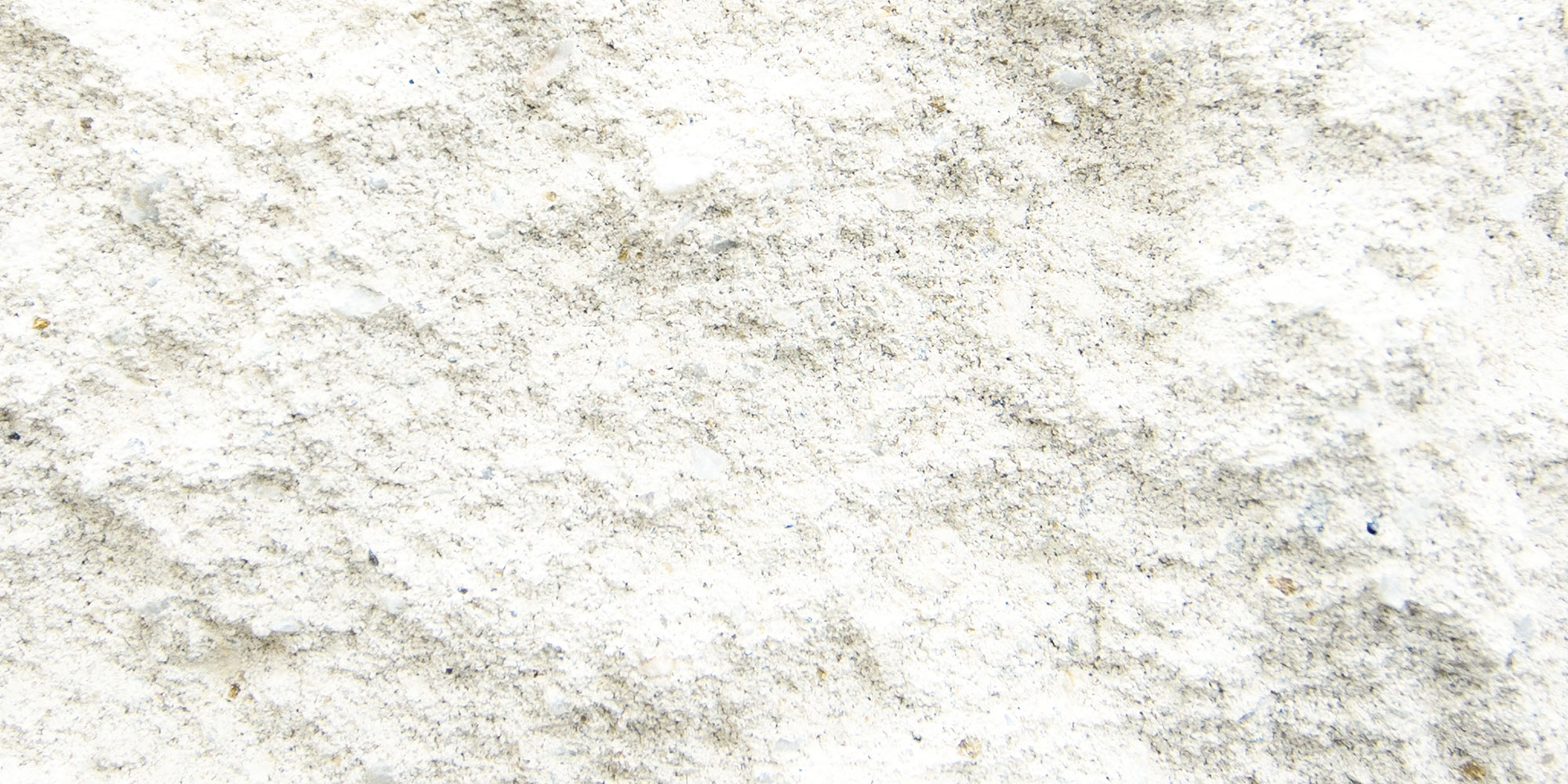There is much to consider when it comes to architecture. In addition to space and mass complexes, the natural and architectural environment needs to be considered when any architectural project is being developed. Texture and colour play an important role and can often determine whether a building suits the existing environment.
It’s important for the architect to create harmony with pre-existing elements of the landscape and townscape. Throughout history, architects have been responsible for giving a new form to the environment itself: planning the natural surroundings, designing complexes of related buildings and organising the urban environment into areas of residence, recreation, assembly and commerce. This helps blend the new structure with the existing environment and maximises the utility and visual appeal of the overall area.
When it comes to the use of masonry in architecture, texture and colour are important elements of any project and can provide the cohesion necessary for a project’s visual appeal.
Texture
Texture plays a dual role in architecture: it expresses the quality of materials and it gives a certain quality to light. The texture of blockwork can be altered to produce a variety of expressive qualities. Stone can be used in its natural, irregular state or it may be finished in the following ways:
- Smooth
- Shot-blasted
- Honed
- Polished
- Split-faced
When these finishes are combined with placement or lighting within a building they intentionally create a visual experience for anyone occupying the space at any given time. Commonly used to differentiate certain areas of space, texture can also be used in a way that it becomes an interactive experience. It can invite an occupant’s touch, alter a building’s acoustics or be used with lighting to play with architectural shadows to create some meaningful effects. Like all patterns, visual textures create associations of movement, giving rhythm to the surface.
A single texture is rarely used in a building. The variety of materials and treatments must be worked in a way that creates harmony and an inviting space.
Colour
Masonry is generally selected based on its structural properties so the colour of the blocks may not always suit the visual requirements of a project.
To accommodate the colour needs of a project, other materials are added to the surface of the blocks. These may be pigments which usually preserve the texture of the original surface of the block or veneers of stone, wood and other manufactured products that alter the character of the surface.
Regardless of how the colour is produced, it is the most transient element in architecture. Colour changes with weather and staining of material or if it is superficial it can be easily altered or removed. The once white Gothic cathedrals that are now deep grey or the bright marble facing on Roman brickwork are perfect examples of these changes.
The values associated with colour (eg: yellow and red are gay and black and deep blue are sombre) can be used to provide a range of expression not offered by other means. These values are independent of material and form and can be used to create a unique effect. For instance, colours that reflect light brilliantly appear to advance toward the viewer yet those that absorb light appear to recede. The degree of projection and recession of architectural forms may be altered, emphasised or subdued by the colours of their surface.
While the use colour and texture is important for the visual appeal of a project, it most certainly provides an experience of the senses for all who occupy and enjoy the space.

